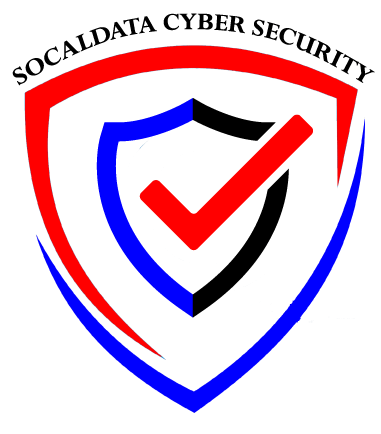In an increasingly complex and interconnected business landscape, the ability to manage governance, risk, and compliance (GRC) effectively is paramount. Organizations that prioritize GRC are better equipped to handle regulatory changes, mitigate risks, and operate ethically. This article explores the components and benefits of GRC and its role in building resilient organizations.
Breaking Down GRC
Governance: This involves the structures and processes for decision-making, accountability, control, and behavior at the top levels of an organization. Effective governance ensures that the organization’s leadership aligns with its mission, vision, and ethical standards. It includes establishing clear policies, procedures, and practices that guide the organization in achieving its objectives responsibly.
Risk Management: Risk management is the systematic process of identifying, assessing, and addressing potential threats to an organization’s operations and objectives. It involves a strategic approach to managing risks, from financial uncertainties to operational challenges and compliance issues. The goal is to minimize the impact of risks on the organization’s performance and ensure business continuity.
Compliance: Compliance ensures that an organization adheres to all relevant laws, regulations, and internal policies. This involves establishing processes to monitor regulatory changes, implementing policies to meet compliance requirements, and conducting regular audits to ensure adherence. Compliance is crucial for avoiding legal penalties and maintaining a positive reputation.
The Benefits of a Robust GRC Framework
- Strategic Alignment: A robust GRC framework aligns governance, risk management, and compliance efforts with the organization’s strategic goals. This alignment ensures that all initiatives support the overall mission and objectives, leading to more cohesive and effective management.
- Improved Risk Awareness: GRC frameworks provide a comprehensive view of potential risks, enabling organizations to identify and assess threats more accurately. This heightened risk awareness allows for proactive risk management and more informed decision-making.
- Regulatory Readiness: With constantly evolving regulations, staying compliant can be challenging. A strong GRC framework helps organizations stay ahead of regulatory changes by establishing processes for monitoring and adapting to new requirements. This readiness reduces the risk of non-compliance and associated penalties.
- Enhanced Reputation: Organizations that prioritize GRC demonstrate a commitment to ethical conduct and responsible business practices. This commitment enhances their reputation among stakeholders, including customers, investors, and regulators, fostering trust and long-term relationships.
- Operational Efficiency: Integrating governance, risk management, and compliance efforts streamlines processes and reduces redundancies. This integration leads to greater operational efficiency, cost savings, and improved resource allocation.
- Business Resilience: A comprehensive GRC framework strengthens an organization’s resilience by ensuring it is prepared to handle disruptions and adverse events. Effective risk management and compliance practices help maintain business continuity and minimize the impact of crises.
Implementing GRC in Your Organization
To effectively implement GRC, organizations should:
- Establish Clear Policies: Develop and communicate clear policies and procedures that guide governance, risk management, and compliance efforts.
- Foster a Risk-Aware Culture: Promote a culture of risk awareness and ethical behavior throughout the organization, ensuring that all employees understand their roles in managing risks and ensuring compliance.
- Leverage Technology: Utilize GRC software and tools to streamline processes, monitor risks, and ensure compliance with regulatory requirements.
- Conduct Regular Audits: Perform regular audits and assessments to evaluate the effectiveness of GRC practices and identify areas for improvement.
- Engage Leadership: Ensure that senior leadership is actively involved in GRC efforts, providing oversight and support for initiatives.
In conclusion, Governance, Risk, and Compliance (GRC) is essential for building resilient organizations capable of navigating today’s complex business environment. By adopting a robust GRC framework, organizations can align their strategic goals, enhance risk awareness, ensure regulatory compliance, and build a strong reputation for ethical and responsible business practices.

